TL;DR The Yi Action Gimbal II does everything you need it to do, and is only held back by Yi-only compatibility and a sound issue.
Disclosure: Yi sent us a Yi 4K+ Action Camera and a Yi Action Gimbal II to use with it, for free, in exchange for fair and honest reviews and content. Nothing we write or produce has any outside influence on it at all.
Buttery. Smooth. Home. Videos.
That’s what excited me most about the Yi Action Gimbal II, the idea that I could be capturing moments with my family in a way that I just couldn’t with other tech — giving our memories a cinematic feel. I’m not the ideal action cam user, because I rarely find myself in action, but pair one with a gimbal and I’m all over it!
I do find myself on some kid-friendly adventures, though, and I’ve found that the Yi Action Gimbal II helps make documenting them easy and beautiful.
DESIGN
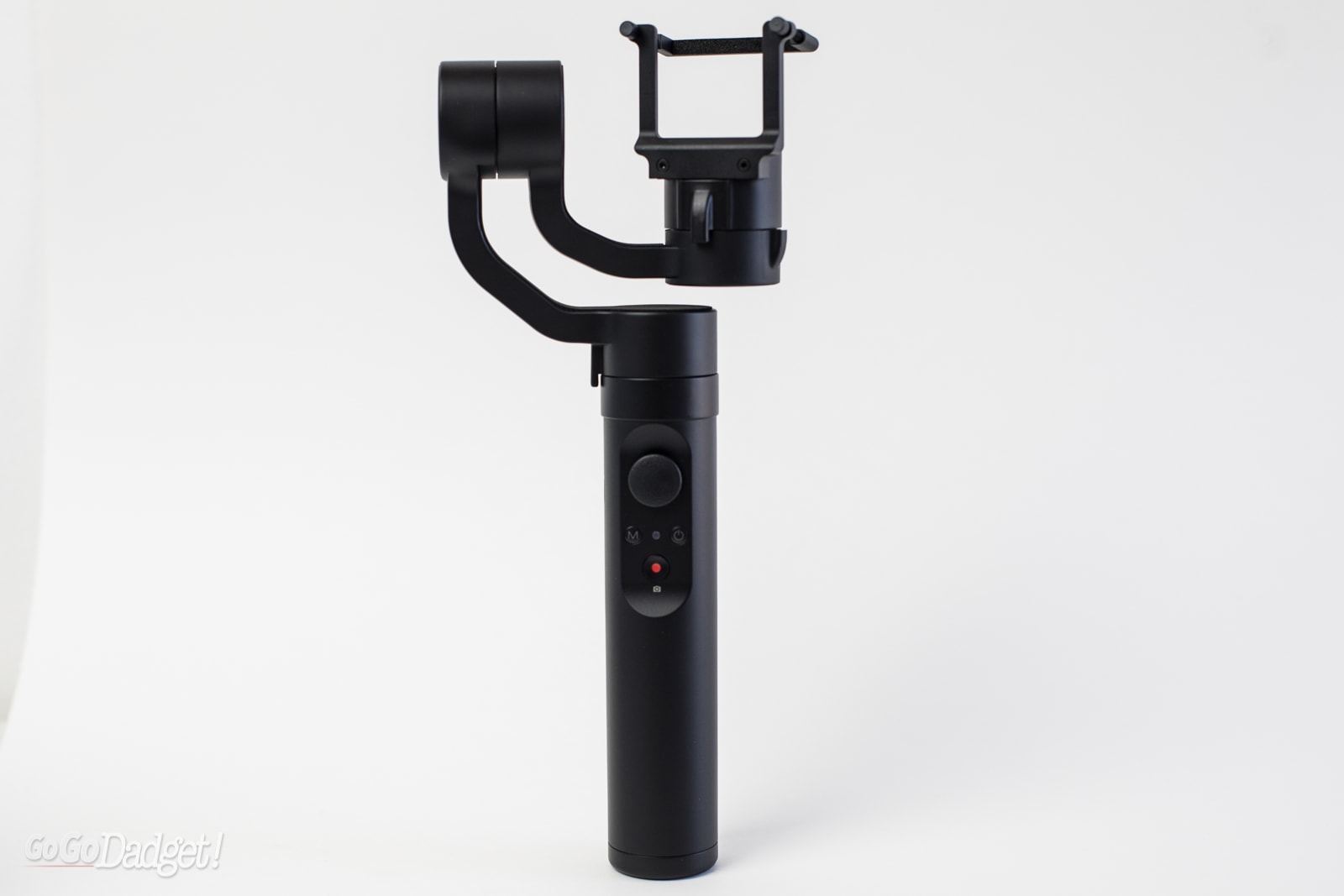
The Yi Action Gimbal II is much lighter than you expect, because when you see it, it looks like the premium device that it is, but your brain automatically thinks that premium = heft. That’s not the case here, and it’s a great thing that the Yi Action Gimbal II doesn’t have a lot of weight, because it’d straight up make your arm tired.
Machined out of metal and plastic, all of the buttons are the perfect finger-length away, and the LED indicator is easy to see and read. The only thing I don’t like about how the Yi Action Gimbal II was designed is the joystick — and that’s just because it looks like it’s a rubbery surface, but it’s actually just textured hard plastic. I wish there was a bit more resistance when pushing it too, but in the end it works and that’s what counts.

Up top is the free floating arm that keeps your Yi Action Camera steady and level, and sliding your device into the metal brackets is easy and secure. The soft material also makes sure that you aren’t scratching your camera at all.
Once you’re all loaded up, it feels great in your hands. It has 3-axis, 4 modes, bluetooth, and 6-8 hours of battery life.
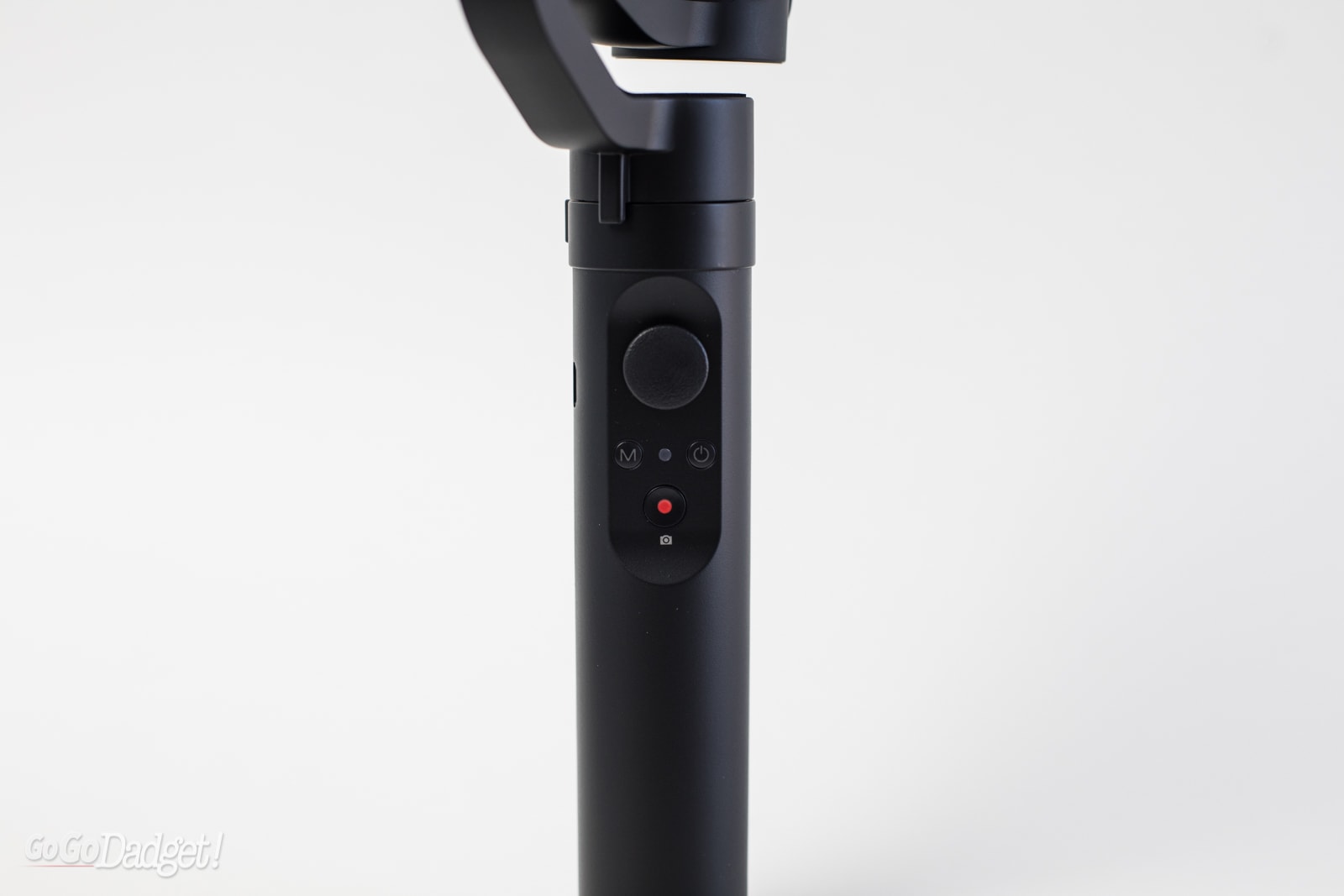
The only other issue I have with design, and this is just a gripe and not a flat-out dislike, is that the 4K+ touch screen was a little hard to navigate in the space given while attached. After some failed attempts to turn on bluetooth, trial and error got me to where I needed to be. The moral of that story is to connect to bluetooth before you load it up.
It also uses micro-usb to charge. I feel like I’ll never get rid of the thousands of micro-usb cables I have.
IN USE
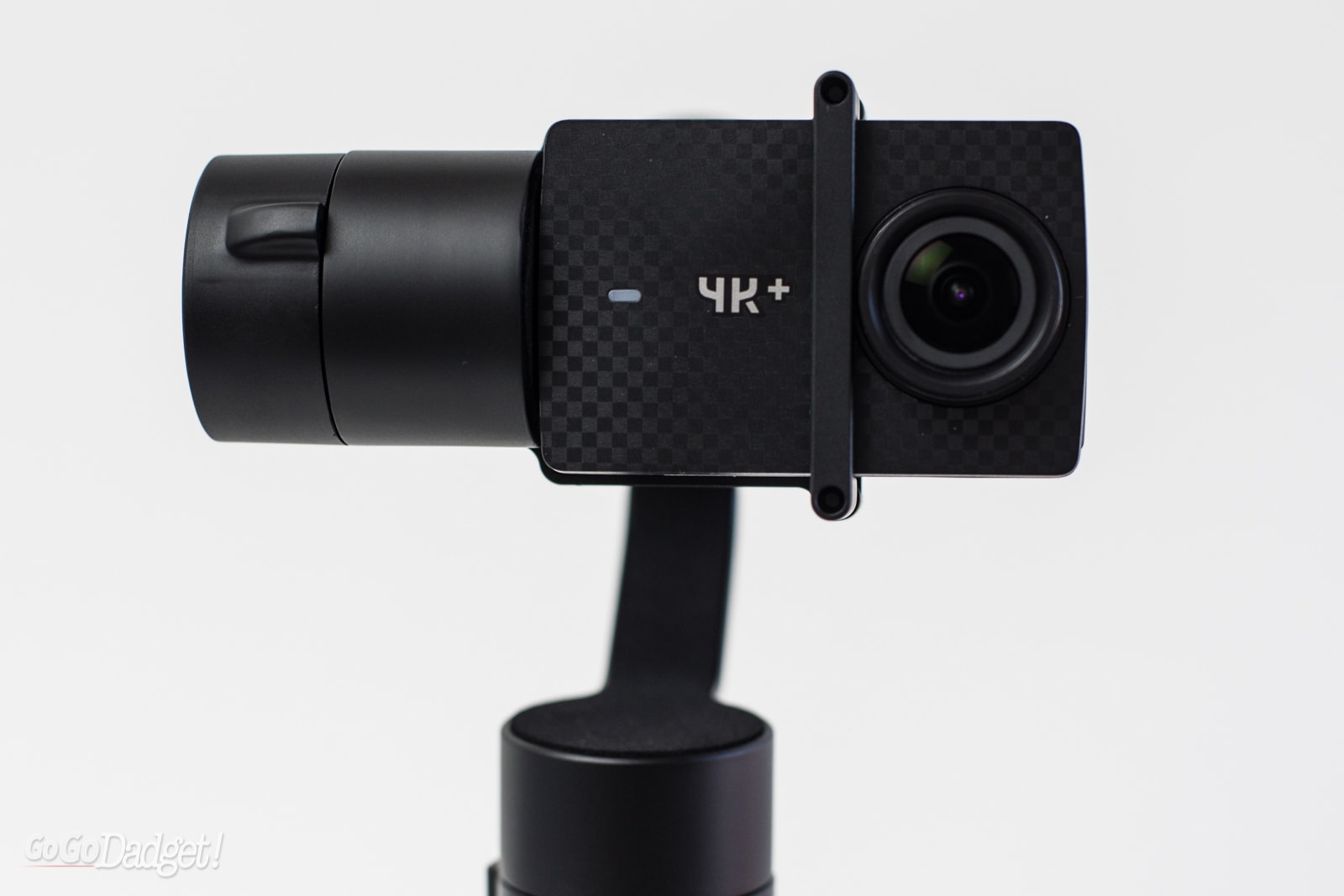
The Yi Action Gimbal II is as easy to use as possible. We’ll be doing a full “how-to” post on how to use it, so we won’t go into too much detail here. Just know that everything is about as simple as it can be, and it does not take a genius to figure it all out.
Panning is as easy as moving the joystick, switching to selfie mode is just a quick multi-click away, and even calibrating the device is as easy as holding down a few buttons and then letting it do its thing.
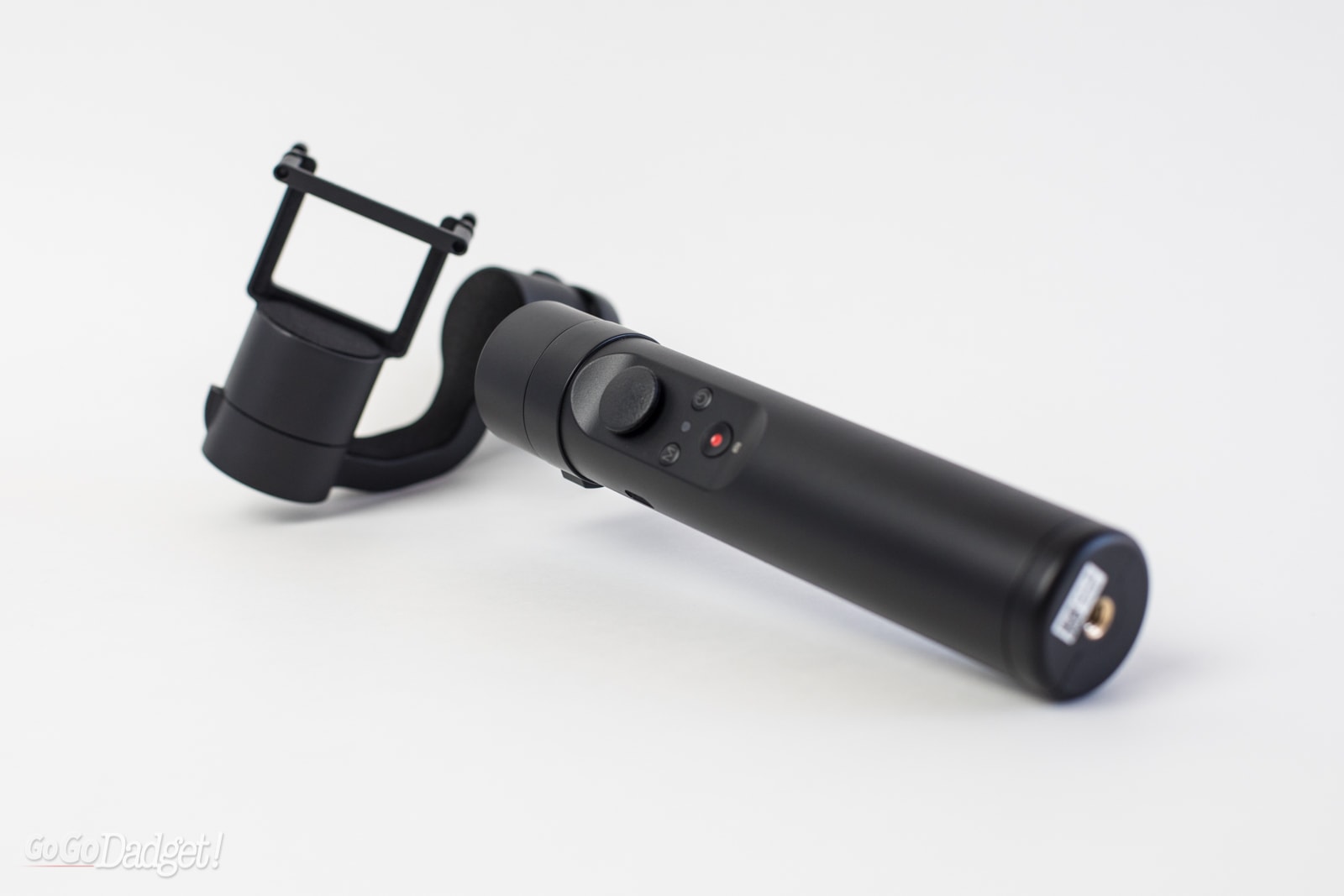
My only gripe here is fumbling with the joystick. If the gimbal is pointed straight up and down, pushing up on the joystick tilts up, and down tilts down. That makes sense! Easy.
When you are getting low with the gimbal, though, the gimbal becomes parallel to the ground (meaning, you’re holding it like a flashlight). My fingers then think pushing “up” is actually pushing the tilt “forward” and “down” becomes pulling the tilt “back” towards the sky. Which, if you’re following along, is the opposite of what it actually is.
It’s really weird, but it’s just a learning curve.
[Check out our review of the Yi 4K+ Action Cam right here!]
Also, battery life is incredible. In every outing I’ve used it so far, it has never come close to running out of charge, and you’ll run out of camera life before you even approach running out of gimbal life.
RESULTS
The Yi Action Gimbal II produces some of the most buttery-smooth video from an action camera that I’ve ever seen. Part of that is a testament to how the image quality looks on the camera outright, but the stabilization makes it look even better. Here’s another example:
http://https://youtu.be/kobv7X_CZBM
Not only was I able to get cinematic-quality camera motions, but it gives everything a dream-like quality as well. Everything I’ve ever wanted from a home video.
DOWNSIDES
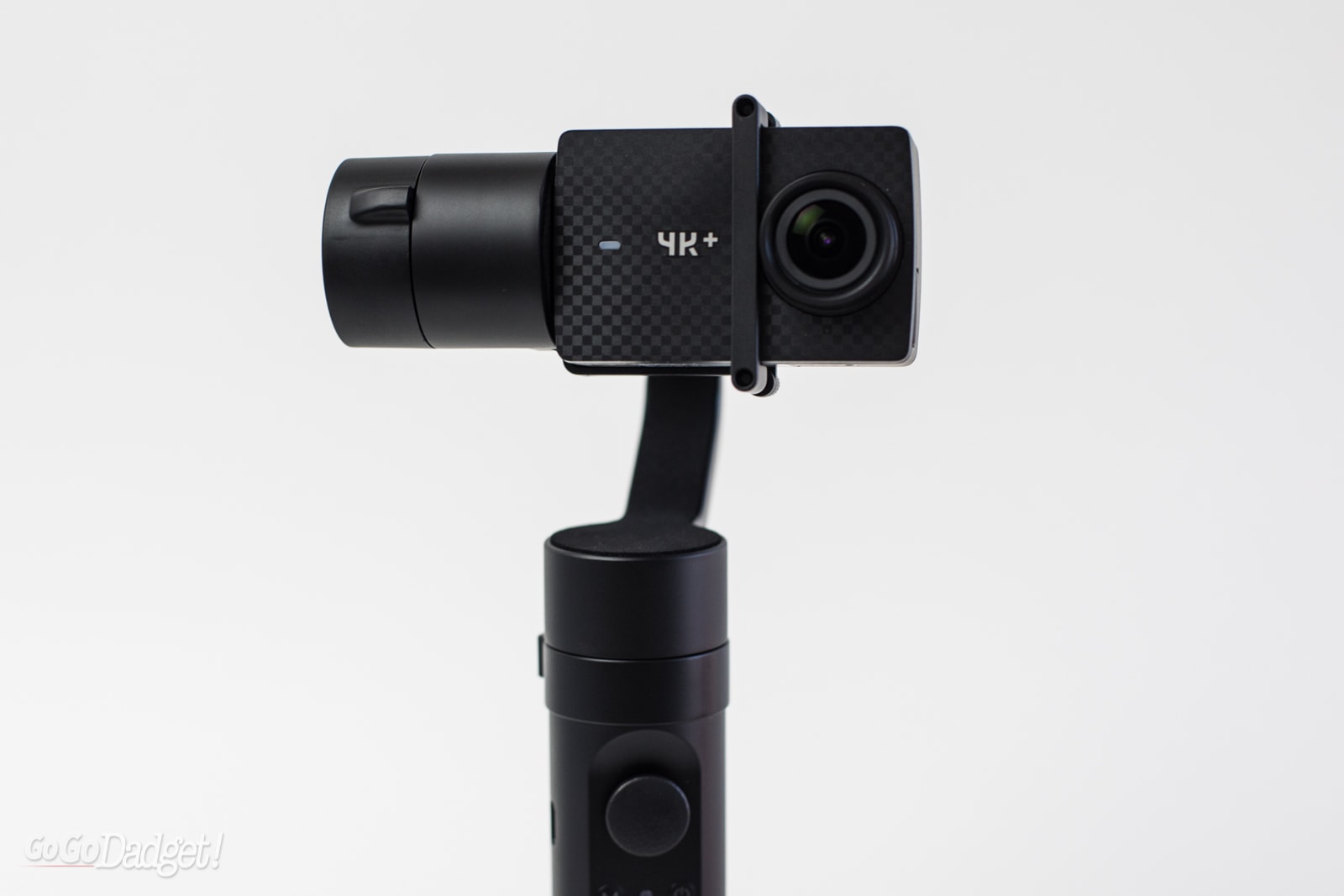
Okay, beyond the few technical gripes I’ve had, there are a few downsides to the Yi Action Gimbal II.
- It can only be used with Yi action cameras.
I understand wanting to keep a quality control in limiting what devices you can use with the Yi Action Gimbal II, but at the current price, you could spend less and snag a DJI Osmo II which can be used with your existing smartphone. That means saving money in the long run, even though it might not be as portable as a small, high-powered action camera.
2. The microphone picks up the sound of the gimbal mechanism when it moves.
This one reminds me of how in old home videos you can sometimes hear the physical zoom. Honestly, it’s not a deal breaker, but it is distracting in the final product. Unless you set your videos to music, or use an external microphone when recording, you will hear it (you can hear it in the park example above).
Beyond those things, though, the Yi Action Gimbal II wowed me in every way.
FINAL THOUGHTS
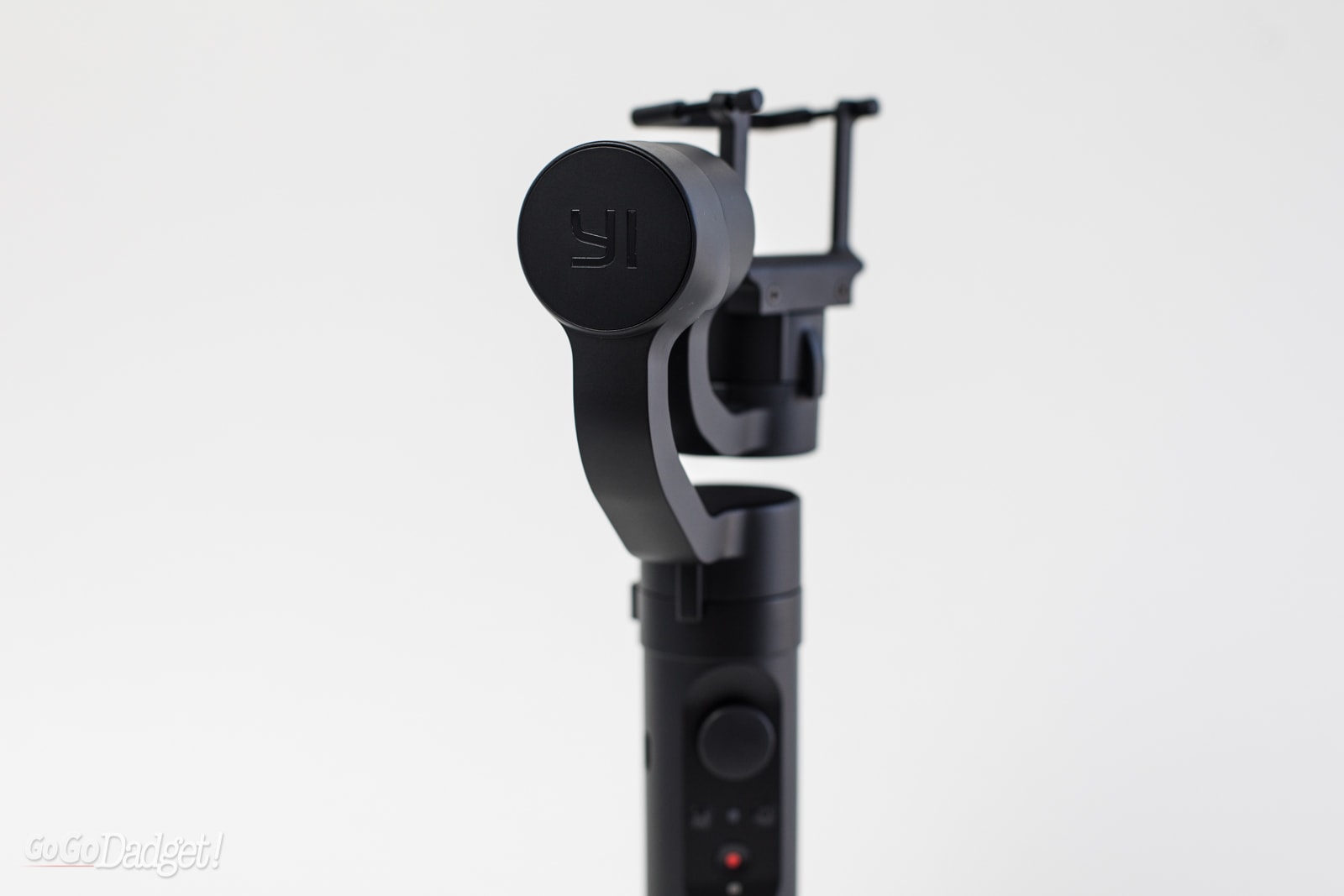
Okay, here’s the deal: if you’re looking for a way to shoot your home videos in a beautiful way, this setup is for you — ESPECIALLY if you have uses for a Yi action cam outside of it too (for time lapses, strapping it to things, adventuring, etc.).
If you’re only going to be using it for home videos and don’t really need an action camera outside of using the gimbal, it becomes an investment that makes less sense. For $129 you can get a DJI Osmo II gimbal that works with your phone.
But your phone is precious, and an action camera is built for action. If you’re going to be going somewhere where packing light is key and your phone is big and bulky, the Yi setup is clutch. It’s $199 right now on Amazon, but remember: you need a Yi action cam to go with it, which could be an additional $99 or more.
So basically, you’re looking at a $300 starting price. The camera we used, the 4K+, retails for $299 and can be found right here.
To snag yours, visit yitechnology.com for more info and to start gearing up!

2 Comments Add yours